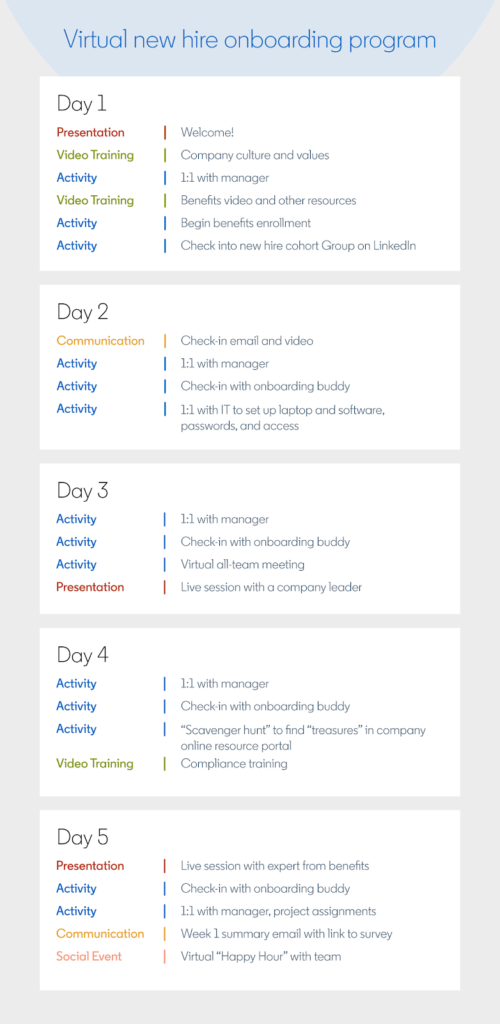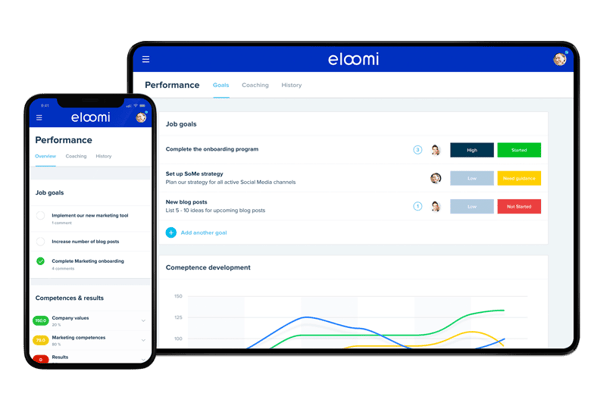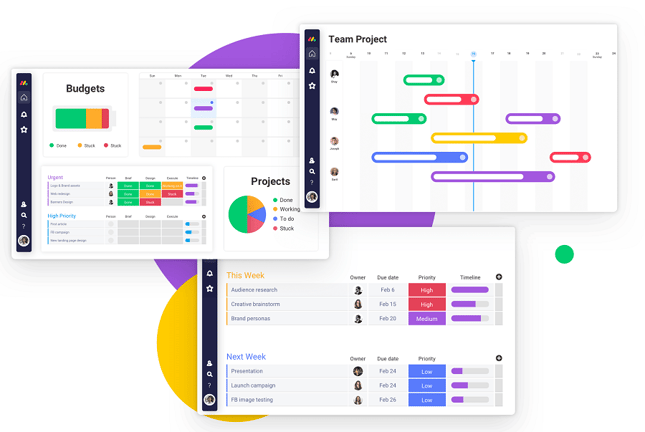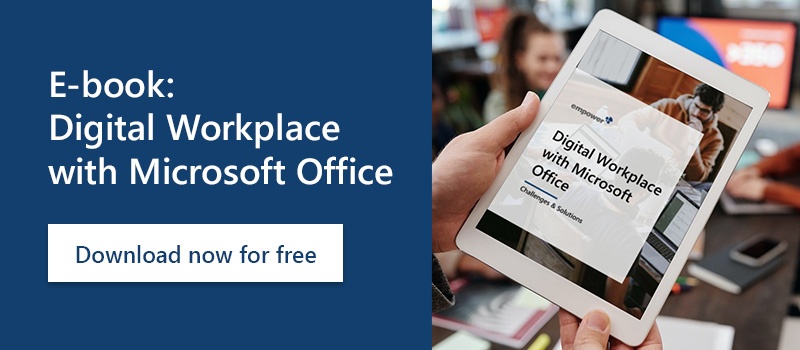Remote onboarding: starting a new job in the home office
You know from your own experience, onboarding is usually anything but relaxed - both for the new team member and for the employees responsible for onboarding. Since the pandemic-related shift of the workplace to home office, the onboarding process has also changed.
Remote onboarding confronts us with additional challenges. The task is to welcome the new team members virtually. You want to make the freshly hired employees feel comfortable, look forward to their new job, identify with the company. And all this without a direct exchange, without getting to know each other in the canteen, without office doors, without a feeling for the new working environment.
Find out how to make remote onboarding successful in this blog post.
Virtual onboarding: the new "normal" for HR?
The COVID pandemic is permanently changing the way we work. And in some areas, that is for the better. For example, hybrid working (split between the home and the corporate office) is an innovation that younger employees especially appreciate. Why not translate this to the onboarding process?
The home office enables better work-life integration. On the one hand it creates a lot of freedom, and on the other hand it can also increase productivity. Digital workplace solutions for Microsoft Office enhance virtual collaboration, making it easy for remote people to work together. That means that new employees can be initiate to the working process from the comfort of their homes.
Home office work extends the recruitment radius for specific jobs many times over. A new team member does not have to be on site to create content, do translations, or set up a digital marketing campaign. Remote work will remain a fixed part of our working world even after the pandemic and broaden our ressources.
However, this does not diminish the importance of onboarding. On the contrary: in classic onboarding, new team members literally get a feel for the work environment. They observe their new colleagues and get a picture of the team. They have direct contact with management, can ask questions at any time, sit at their desk, use their company computer with all the necessary company programs, etc.
All this is absent with virtual onboarding. So these are the challenges we need to face.
Remote onboarding in three phases
1. Preboarding
The first phase of virtual onboarding in the home office begins some time before the first day of work. According to a survey on the topic of onboarding, almost 36% of the companies surveyed confirmed that employees are increasingly abandoning a new position between the signing of the contract and the first day of work. The reason for this is uncertainty about the new job. Preboarding is primarily intended to relieve future employees of these uncertainties in advance.
In a preboarding phase, you provide all important and relevant information about the position, the team, expectations, and allowances. You enable early networking with the team and constant and straightforward communication. It is important to respond promptly to questions so that the new team member feels comfortable, safe, and welcome from the very beginning.
2. Orientation
Orientation begins on the first day of work. That first day in a new company is always a significant experience. The first impression is crucial. In an office environment, there are standard procedures: the interview with the manager, the welcome to the team, etc. All that often happens in one day. In remote onboarding, it makes sense to divide this process into several parts. For example, home office onboarding at LinkedIn is divided into a complete work week:
(Source: LinkedIn website)
An essential role in virtual onboarding is played by a dedicated contact person. LinkedIn calls them an onboarding buddy, while others refer to the role as an onboarding mentor. The buddy/mentor answers questions, introduces the other team members, explains company procedures, and much more.
3. Onboarding
In the final phase of remote onboarding, in addition to constant contact with the reference person, explicit onboarding documentation helps anchor the new hire in their position. This contains, for example, contact details for essential departments, teams, and resources; frequent procedures; important tasks and/or projects and goals.
Planning and feedback meetings are also important. A description of the competencies that the new team member should acquire over time will give the new hire concrete personal achievements they can look forward to.
What else to consider in digital onboarding
Think about security in the home office. Protecting yourself and your company from cyberattacks is much more difficult when working remotely. The digital work environment in a home office most likely does not have the same security standards as the corporate workplace. Furthermore, new employees lack onsite support from and contact with the IT department. To minimize risks, the new team member should receive a work laptop with all relevant and preinstalled software solutions during the preboarding phase.
Make sure the new employees have everything they need to work securely and efficiently at any time and give clear guidelines where they can find help if needed. The Onboarding process is not complete after all the information has been provided once. Offer assistance to a new team member while they find their footing in your company. Depending on your niche tutorials, updates on specific project deatils or procedures may be useful later on.
Tools and software solutions for remote onboarding
Many technology options are available to help with virtual onboarding.
"eloomi" is a an award-winning pre- and post-onboarding tool that supports new team members in all phases of their induction. With eloomi you can develop job-specific onboarding courses, customize and assign training programs, introduce company values, and track the onboarding process of new employees in real time. (Source: eloomi.com)
(Source: eloomi.com)
With "monday.com" you have an intuitive general work flow tool that also offers useful features specially designed for onboarding. You can track which pre- and post-onboarding tasks have been completed, set priorities, share contact details, and much more.

(Source: monday.com)
Communication and collaboration tools such as Slack, Zoom, or Microsoft Teams are essential for digital onboarding. The empower® Teams app is the optimal complement to Microsoft Teams. It makes communication and collaboration even easier and more effective during remote onboarding and beyond.
Sophisticated software tools that facilitate workflows, teamwork, and communication beyond remote onboarding can make a new employee’s adjustment a lot easier. One example is the Microsoft Office add-in suite from empower®. With empower®, new employees have access to a company-wide library, which significantly simplifies and centralizes information provision and content management. Content can be shared and updated with just a few clicks.
Make remote onboarding and further collaboration easy for you and your new team members with Microsoft Office solutions from empower®! For more information, please do not hesitate to contact us.
You May Also Like
Related articles

Starting from home - remote onboarding at empower®

Bayer relies on MS Office all-in-one solution


